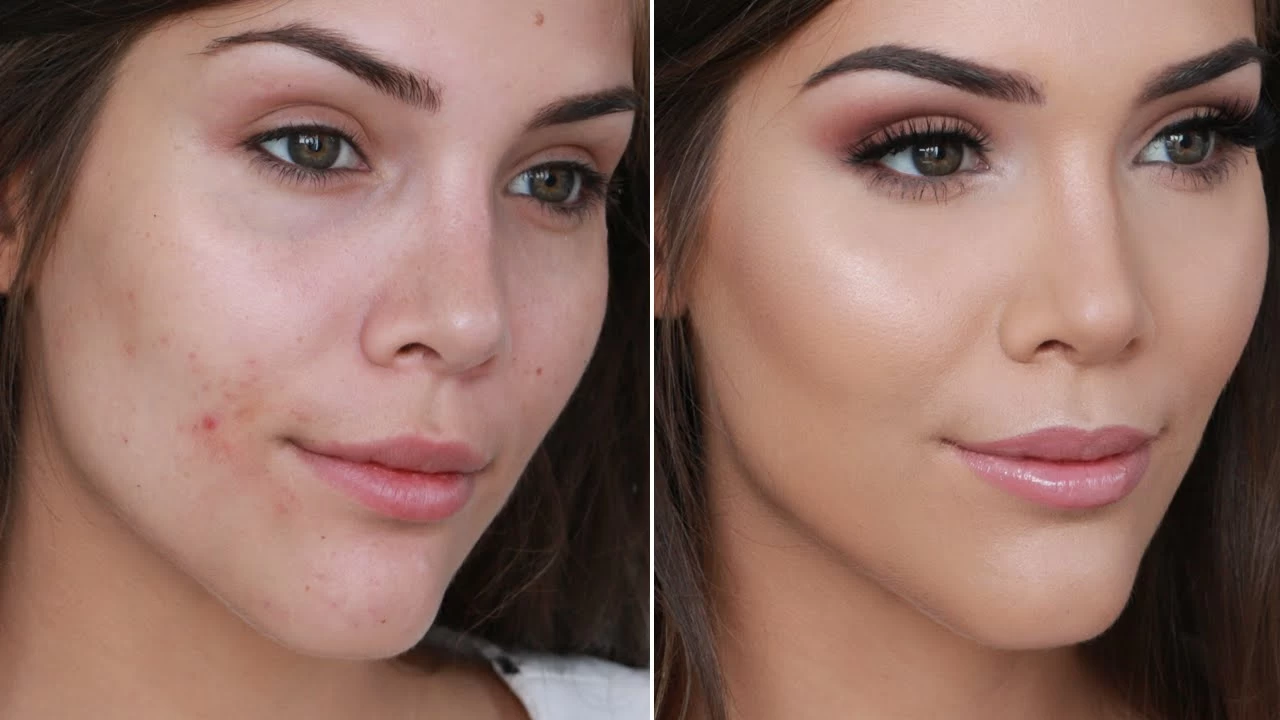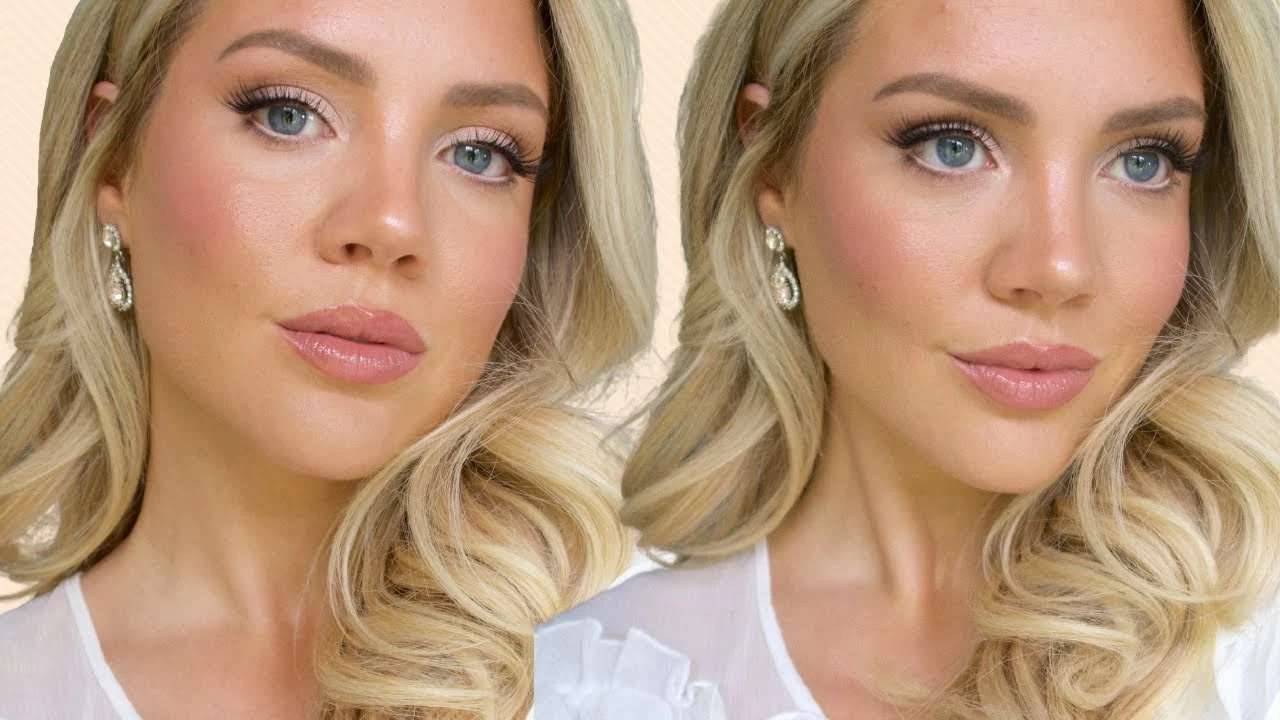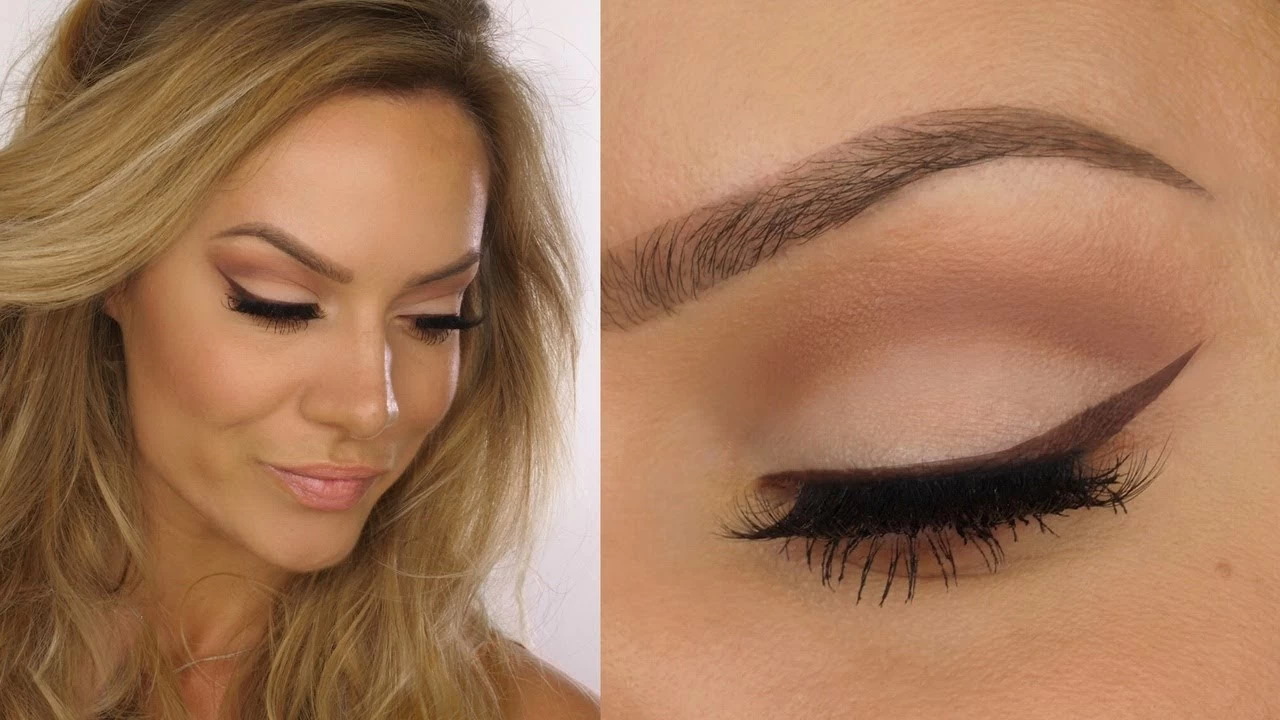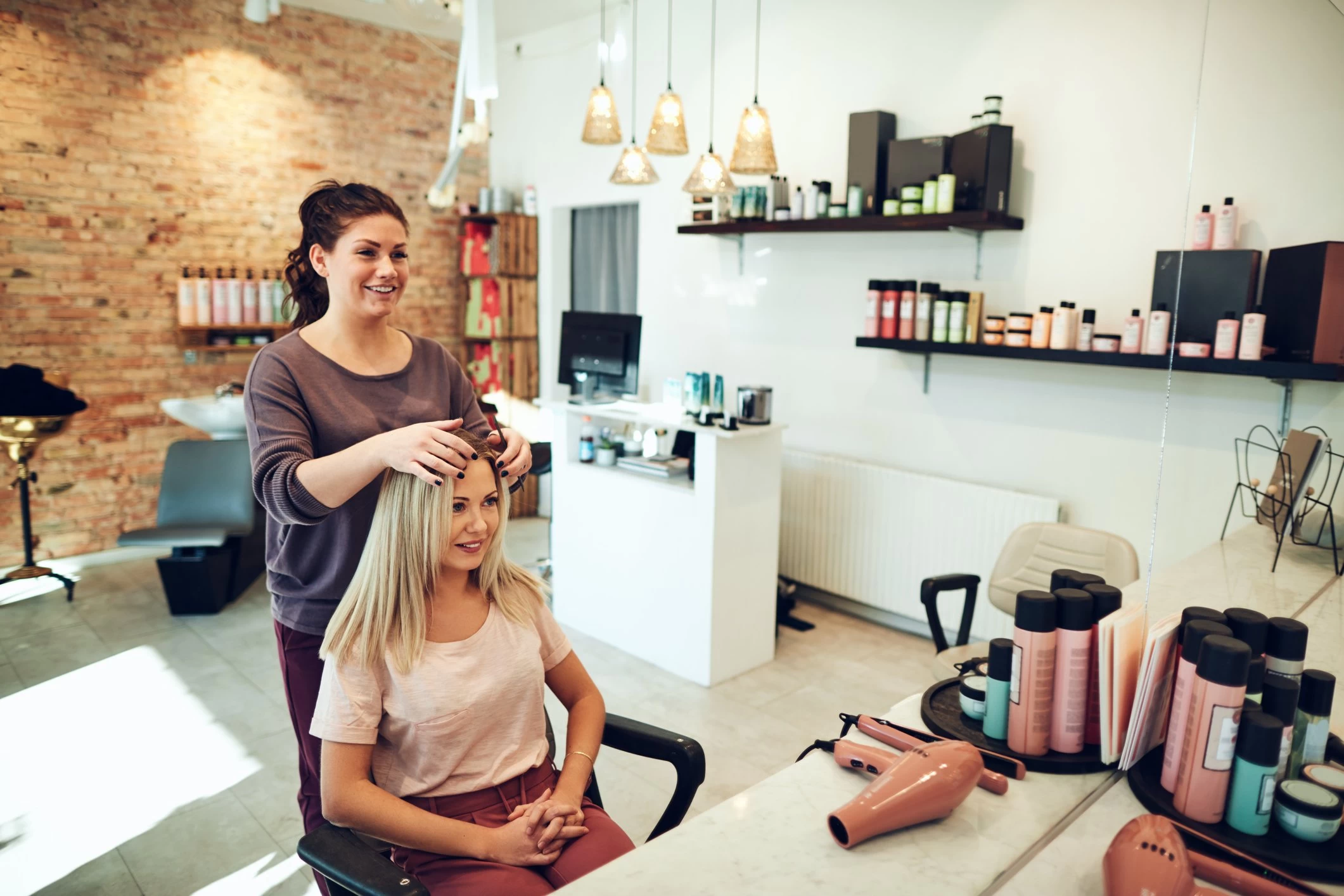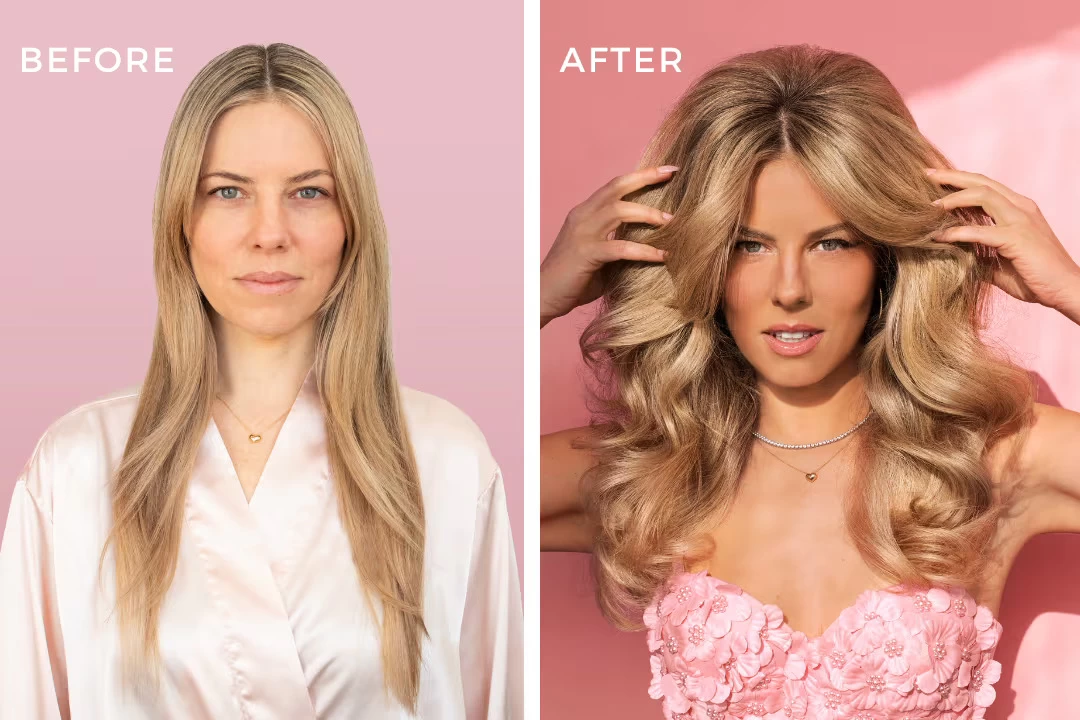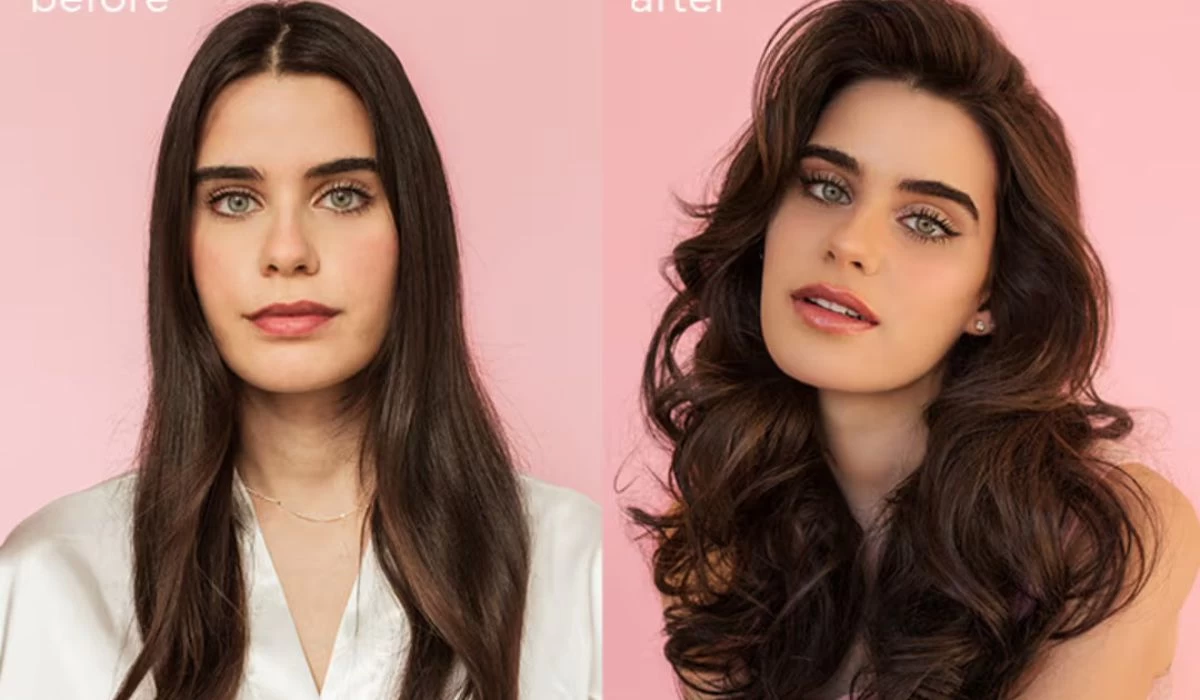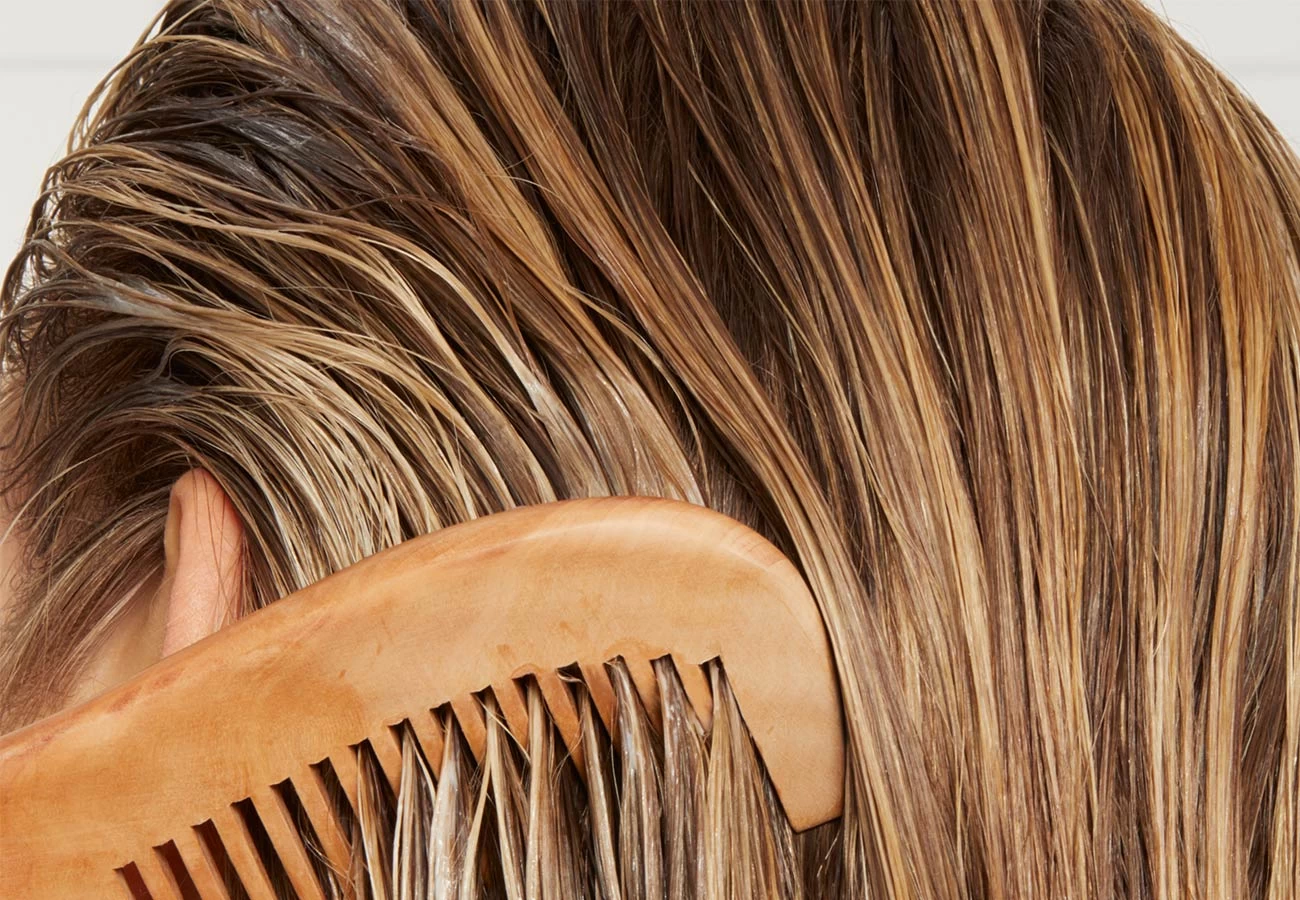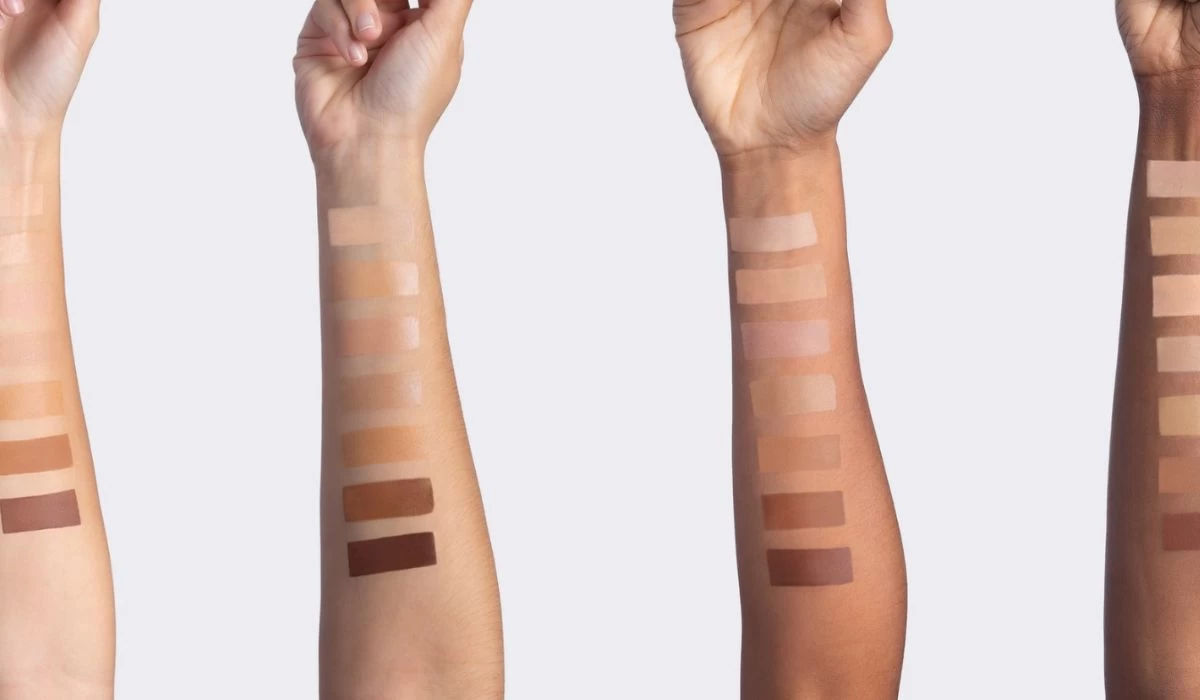How to Remove Eye Makeup
August 07, 2024
How to Remove Eye Makeup
Removing eye makeup is a crucial step in your skincare routine to prevent irritation, breakouts, and premature ageing. Learn the best techniques to safely and effectively remove eye makeup without causing irritation or damage.
Discover step-by-step guides, product recommendations, and essential tips for every skin type.
Why Proper Eye Makeup Removal is Important
Proper eye makeup removal is essential to maintaining healthy skin around your eyes. Leaving makeup on overnight can clog pores, cause irritation, and even lead to eye infections. Ensuring all traces of makeup are removed helps keep your skin clear, prevents breakouts, and allows your skin to breathe and repair itself overnight. Additionally, the skin around your eyes is delicate and prone to dryness and irritation, so using the right techniques and products can help maintain its health and appearance.
7 Steps to Gently Remove Eye Makeup
Step 1: Gather Your Supplies
Before you start, make sure you have all the necessary supplies on hand:
Eye makeup remover or micellar water: Essential for breaking down and removing makeup.
Cotton pads or soft cloths: Gentle tools for applying and removing the product.
Gentle facial cleanser: To cleanse the skin thoroughly after makeup removal.
Lukewarm water: For rinsing your face.
Moisturizer: To hydrate and nourish the skin around your eyes after cleansing.
Step 2: Choose the Right Remover
Selecting the right eye makeup remover is crucial for effectively removing makeup without irritating your skin. Different types of removers work best for various skin types and makeup formulations:
Oil-Based Removers: Ideal for breaking down waterproof and long-wearing makeup. They dissolve makeup effectively and are usually gentle on the skin. Examples include Neutrogena Oil-Free Eye Makeup Remover and Clinique Take The Day Off Makeup Remover.
Micellar Water: A versatile option that works for most skin types. It contains micelles, which are tiny oil molecules suspended in water, to attract and lift away dirt and makeup. A popular choice is Bioderma Sensibio H2O Micellar Water.
Step 3: Apply the Remover
Soak a cotton pad or soft cloth with your chosen eye makeup remover. Hold it gently against your closed eyelid for about 10-15 seconds. This allows the remover to break down the makeup, making it easier to wipe away without tugging or pulling on the delicate skin around your eyes.
Step 4: Gently Wipe Away Makeup
Using gentle, downward motions, wipe away the makeup from your eyelids and lashes. Avoid rubbing or tugging at the skin, as this can cause irritation and premature wrinkles. If needed, use a fresh cotton pad soaked with remover to ensure all traces of makeup are eliminated. Repeat this process until the cotton pad comes away clean.
Step 5: Rinse with Water
After removing the majority of your eye makeup, rinse your face with lukewarm water to remove any residue from the remover. This step helps ensure that no leftover product remains on your skin, which could cause irritation or clog pores.
Step 6: Use a Cleanser
Follow up with a gentle facial cleanser to ensure your skin is thoroughly cleaned. Apply the cleanser to your damp face, focusing on the eye area. Massage gently in circular motions to remove any remaining impurities. Rinse thoroughly with lukewarm water. Some recommended cleansers include Cetaphil Gentle Skin Cleanser and La Roche-Posay Toleriane Hydrating Gentle Cleanser.
Step 7: Moisturize
After cleansing, apply a hydrating eye cream or moisturizer to keep the skin around your eyes nourished and prevent dryness. The skin around the eyes is thinner and more delicate, making it prone to dryness and fine lines. Using a dedicated eye cream can help address these issues. Some recommended products include Kiehl’s Creamy Eye Treatment with Avocado, CeraVe Eye Repair Cream, and The Ordinary Caffeine Solution 5% + EGCG.
Dos and Don’ts of Eye Makeup Removal
Dos:
Do use gentle, downward strokes: Using gentle, downward strokes when removing eye makeup helps prevent tugging and pulling on the delicate skin around your eyes. This area is prone to fine lines and wrinkles, and rough handling can exacerbate these issues. By using a soft touch, you minimize the risk of irritation and maintain the skin’s elasticity.
Do choose a remover that suits your skin type: Selecting a makeup remover that is compatible with your skin type is crucial. For instance, oil-based removers are great for dry skin as they add moisture, while micellar water is excellent for sensitive skin because it’s gentle and hydrating. Using the right product ensures effective makeup removal without causing adverse reactions, such as breakouts or dryness.
Do rinse your face after using makeup remover: After using an eye makeup remover, it's important to rinse your face with lukewarm water. This step ensures that any residue from the remover is thoroughly washed away, preventing potential irritation or clogging of pores. Rinsing also prepares your skin for the next steps in your skincare routine.
Do follow up with a gentle cleanser and moisturizer: Following up with a gentle facial cleanser helps remove any remaining impurities and ensures your skin is completely clean. This is particularly important if you have used an oil-based remover, as it helps remove excess oil. After cleansing, apply a moisturiser to keep your skin hydrated and healthy. Moisturizing is essential to maintain the skin's barrier and prevent dryness, especially around the delicate eye area.
Don’ts:
Don’t use harsh or abrasive cloths: Avoid using rough or abrasive cloths to remove eye makeup. These can cause micro-tears in the skin, leading to irritation and potential damage. Instead, opt for soft cotton pads or gentle microfiber cloths, which are less likely to cause harm.
Don’t rub or tug at the skin around your eyes: The skin around your eyes is thin and sensitive. Rubbing or tugging at this area can lead to irritation, redness, and the development of fine lines and wrinkles. Always be gentle and use soft, controlled motions when removing makeup to protect this delicate skin.
Don’t skip the moisturizing step: After cleansing, it’s essential to apply a moisturizer, especially around the eye area. This skin is prone to dryness and needs extra hydration. Skipping this step can lead to dry, irritated skin, which is more susceptible to ageing and environmental damage. Use a nourishing eye cream to keep the area hydrated and healthy.
What to Do After Removing Eye Makeup
Once you have removed your eye makeup, it’s important to continue with your regular skincare routine to ensure your skin stays healthy and hydrated. Here are the steps to follow:
Apply a hydrating serum: After cleansing, apply a hydrating serum to replenish moisture in your skin. Look for serums that contain hyaluronic acid, glycerin, or other hydrating ingredients. These serums help to attract and retain moisture, keeping your skin plump and hydrated. For example, the Ordinary Hyaluronic Acid 2% + B5 is a popular choice for its effective hydration.
Use an eye cream: The skin around your eyes is delicate and prone to dryness. Applying a nourishing eye cream helps to protect this area and keep it hydrated. Eye creams are formulated to address specific concerns like puffiness, dark circles, and fine lines. Some recommended products include Kiehl’s Creamy Eye Treatment with Avocado and CeraVe Eye Repair Cream. These products provide intense hydration and help to maintain the skin’s elasticity.
Follow up with your usual moisturizer: After applying your serum and eye cream, follow up with your regular moisturizer. This helps to lock in hydration and keep your skin barrier healthy. Choose a moisturizer that suits your skin type—whether it's gel-based for oily skin or a rich cream for dry skin. For example, Neutrogena Hydro Boost Water Gel is excellent for oily skin, while Cetaphil Moisturizing Cream is ideal for dry skin.
Consider using a facial oil or overnight mask: For extra hydration, especially if your skin is dry or sensitive, consider using a facial oil or an overnight mask. Facial oils like rosehip oil or argan oil provide additional nourishment and help to seal in moisture. An overnight mask can provide intense hydration and repair your skin while you sleep. Products like the LANEIGE Water Sleeping Mask are designed to be used as the last step in your nighttime routine, providing a boost of hydration and leaving your skin glowing by morning.
Professional Makeup Courses
Interested in learning more about skincare and makeup? Enhance your skills and knowledge with professional courses at Makeup School Sydney:
Removing eye makeup properly is essential for maintaining healthy, clear skin. By following the steps outlined in this guide and using the recommended products, you can ensure that your eye area remains clean, hydrated, and free from irritation. Incorporate these tips into your nightly routine for the best results.
Become a Professional Makeup Artist with Makeup School Sydney.
FAQ
What oil works best to remove eye makeup?
Begin by applying three or four drops of jojoba oil on a cotton ball. Then use the wet ball to remove your makeup. Use a little pressure to remove your eye shadow, foundation, blush, and concealer. You may need to use more pressure to remove lip stains, lipstick, mascara, or eyeliner.
What's the best technique to remove mascara?
Answer: To remove eye makeup, use a mild makeup remover or micellar water on a cotton pad. Hold the pad over your closed eye for a few seconds to allow the substance to dissolve the makeup before gently wiping away.
What is the safest method for removing eye makeup?
Answer: Micellar water is an excellent general makeup remover that can remove eye makeup, lipstick, and other products while still being gentle on delicate skin. Use it on a cotton pad to remove makeup before cleansing your face.
How can I remove eyeliner without using makeup remover?
Answer: Coconut oil, olive oil, jojoba oil, and petroleum jelly are all common home items that may be used as a DIY makeup remover. They loosen and break down cosmetics, aiding in the dissolution of sticky compounds in waterproof eye makeup.
Will Vaseline block pores?
Answer: As documented in The Journal of Cosmetic Science, Vaseline® Jelly does not block pores. With this scientific data, you may feel certain that using Vaseline® Healing Jelly will not result in acne. Acne is generally caused by bacteria that become stuck in pores, causing them to become infected and irritated.
How can I remove waterproof mascara without using makeup remover?
Answer: Oil: Olive oil, baby oil, coconut oil, and almond oil are all excellent natural alternatives to commercial makeup removers. The oil breaks down and removes makeup. With your eyes closed, apply a tiny quantity of oil to your eye region. Rinse with warm water to remove any excess mascara and grease.


